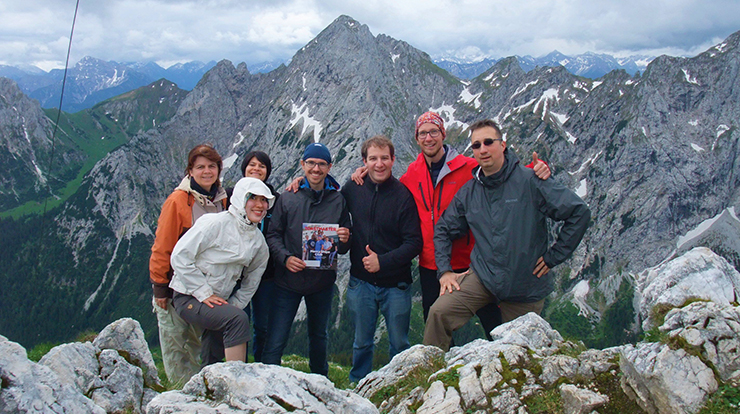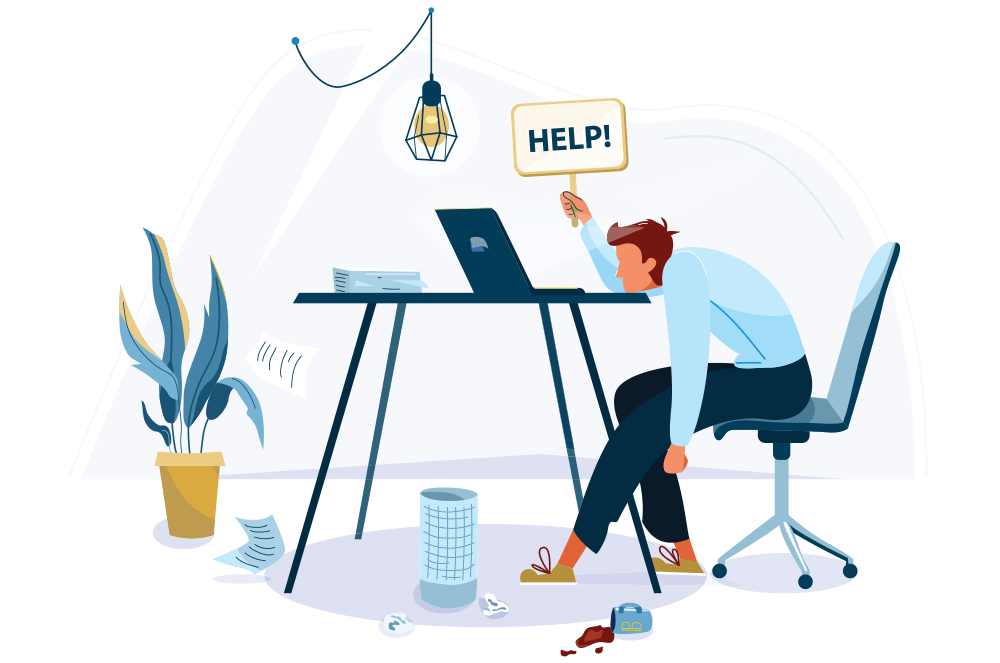
Remember recess? That magical time of day when you were set free from school and could go out and play? Whether it was kicking a ball with friends, playing tag, swinging on swings, or just hanging out, recess was rejuvenating. It was a blissful break for the mind and the body because the sole focus was fun.
Yep, those were the days, you might be sighing. But these days, now that you’re an adult, you’re arguably more in charge of your time and what you do with it than you were when you were young. You’re perfectly positioned to bring playtime back as a regular part of your schedule. Of course, we’re not little kids anymore; play looks different for an adult than it does for a child. That doesn’t make it any less necessary, any less accessible, or any less fun. We just need to look at play from a grown-up perspective.
Presence, Not Practice
First of all, what is “play”? It’s easy to picture what play looks like for children—swing-sets and rubber balls—but it’s harder to pin down when it comes to adults. Definitions of “play” vary, but there is one common element: doing something just for the sake of doing it (i.e., for fun), rather than as a means to an end.
Play is not results-oriented; as such, it’s not practice. Think of the little girl crossing the monkey bars on the playground; she’s not doing drills in order to increase her upper body strength. Think of the little boy playing hopscotch on a chalk-drawn grid; he’s not trying to increase his step count to hit his daily fitness-tracker goal. They aren’t concerned with the results of their playtime; they are fully engaged in the play itself.
“When I think of play,” says Michelle Pijanowski, travel blogger and founder of the solo travel guide
heypj.com, “the key for me is that I’m not necessarily doing it for improvement.” That allows her to be more present—to turn off the “analytical, overprocessing part” of her brain and be in the moment.
It’s like the difference between going on a run on your typical route and going on a hike in the mountains. Both can be fun, but on a routine run, you may be tempted to try to match or beat your past results, and thus may focus too intently on your pace or performance. On a hike, however, you’re covering new ground; with nothing to compare to, you’re more likely to stay in the moment.
A typical Toastmasters meeting includes opportunities for both practice and play. When you’re delivering a speech for a Pathways project, you’ve prepared it beforehand. As you speak, your mind may be running through a checklist: Does my posture appear confident? Is my voice strong and modulated for the message? Is my pace faster or slower than the way I had practiced? During Table Topics®, on the other hand, you may not know what you’ll say until you say it. Thoughts will pop into your head—Should I be funny? Should I exaggerate? Shouldn’t the green signal already be up? Since this, too, is uncharted territory, you’re likely to be more present in the moment, and you’ll—hopefully—have fun.
It’s tempting to turn all play into practice, but you should make time for both. “[If] I’m always trying to do things because I think it would make me better, that means I’m always working,” says Pijanowski. Play should be a respite from work, providing enjoyment, relaxation, and the clarity of mind that comes with not worrying about the metrics.
"Play should be a respite from work, providing enjoyment, relaxation, and the clarity of mind that comes with not worrying about the metrics."
Imagination and Exploration
Not worrying about the metrics stands in contrast to the hyperfocus on achievement that seems common nowadays, especially at work. This is precisely why play is beneficial, says Roger Do, who works in artificial intelligence. “In the corporate environment, most people are assigned to do one thing—to become a specialist. Exploration and play are very minimal.” They’re valuable, though.
Exploration and imaginative play allow us to expand beyond boundaries, to think outside of our everyday experiences. If a child is using her imagination, she’s more likely to roleplay as a valiant knight than as a mid-level bureaucrat, and if she’s fighting a dragon, it’s probably a huge dragon that breathes dry ice and freezes everyone in its path, not just a normal-sized, merely fire-breathing one. Kids know about fantasy and about dreaming big, but as adults, we sometimes find ourselves caught within the confines of what’s expected of us, what we’re used to, or what we see others doing around us.
Play can help us identify and ease those constraints, especially if we play the right way. “There are different types of play,” says Do. “One type of play is where the rules are already laid down. You’re playing what’s in the framework.” He makes the distinction between a board game like Snakes and Ladders versus a bucket of Lego blocks. With the former, you’re following rules, trying to succeed within constraints. With the latter, there are no constraints, except for your own imagination: “You’re playing with different things to understand potential.”
Both types of play are beneficial, especially in combination. Too many constraints stifle creativity, but too few constraints can be overwhelming. Do, who spent many years in Toastmasters in the U.S. and Taiwan, suggests storytelling games with no directive (many come in card game format), which provide just enough structure to get you started. The same principle is at work in the Pathways learning experience, which provides a solid foundation and framework, but then encourages exploration as you choose elective projects in levels 3, 4, and 5. You have the opportunity to try something new—and fun—that stretches your potential.

Benefits as a Bonus
In addition to boosting creativity, play has many well-documented benefits: It can relieve stress, boost your mood, and improve your cognitive ability. But, as mentioned, these results shouldn’t be the goal. “You can only have true play when you’re not doing it for the benefits,” says Pijanowski. “But it has benefits, and seeing those benefits may help people accept that they should be [playing] more.” The secret to getting the most out of play lies, paradoxically, in not worrying about getting the most from it. “Trust the process,” Pijanowski says.
As adults, we may find it difficult to justify carving out time in our schedules to do something for the sake of doing it, but the more you integrate intentional play into your routine, the more you’ll find that your entire life becomes more fun. That way, it won’t just be another self-help tactic to squeeze into your schedule or a box you have to check, and it won’t be an escape from your obligations either. “It’s not a recess,” Do says. “It’s not a break from what we do. It’s a re-envisioning, and having a different perspective.”
We’re adults now, older and wiser and taller than we were as children, and so we do have a different perspective. It’s time to re-envision what playtime looks like in our lives today—and it’s time to bring it back.
Megan Preston Meyer is the author of Max Entropy & the Avalanche, as well as Firebrand: A Corporate Elements Mystery and the Supply Jane and Fifo Adventures. She lives in Switzerland and is a regular contributor to the Toastmaster magazine. Learn more at entropycottage.com/max.
Related Articles

Club Experience
The Importance of Having Fun

Personal Growth
Are Your Behavioral Patterns Causing Burnout?

Leadership



 Previous
Previous

 Previous Article
Previous Article